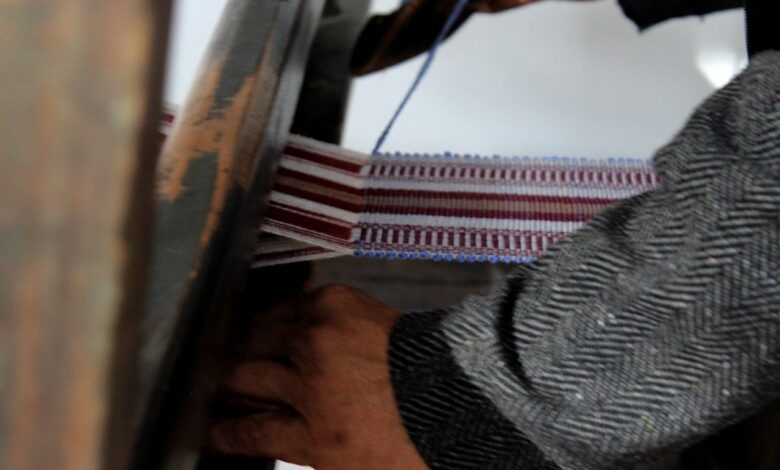Textiles and crafts: Weaving and embroidering dreams in Tlaxcala
Textiles have a relevant place in Tlaxcala, whose essence is preserved as part of the cultural identity, also have their own memory that is transmitted through generations, where artisans and craftsmen seek to enrich them with original designs.





